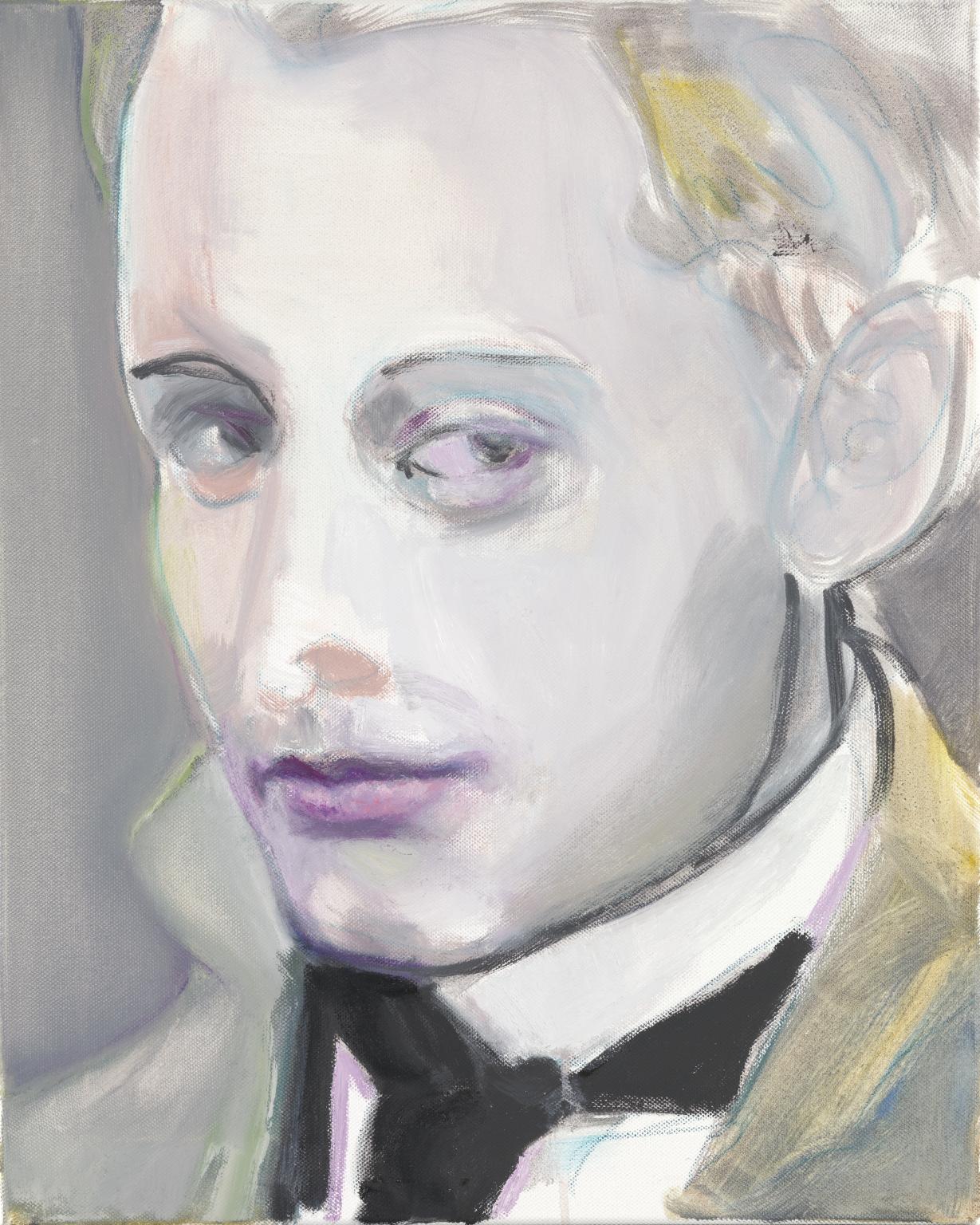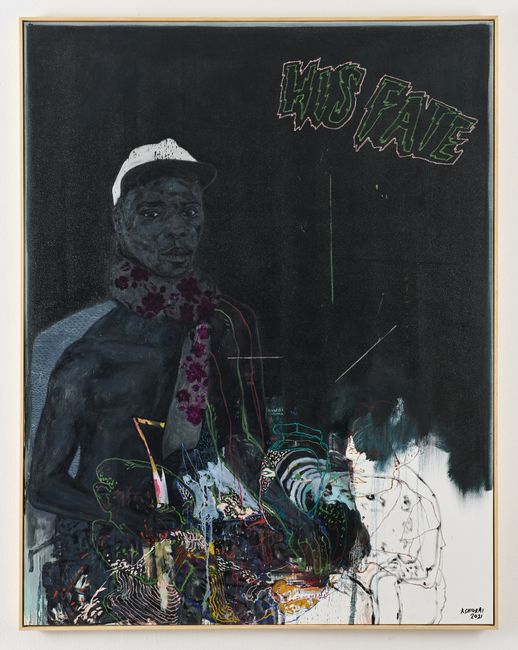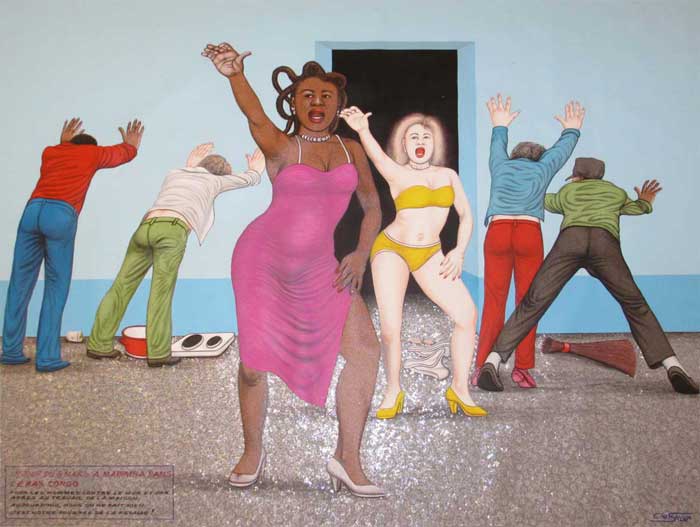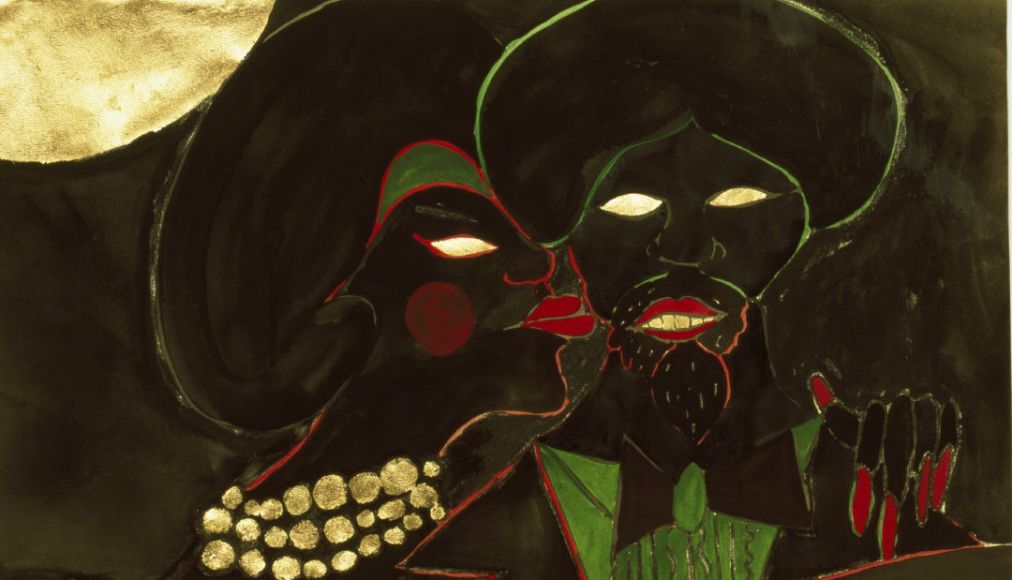It is a known fact that Museums are not the only places art collections are built. Now there are private art collections that belong to Indvidual’s and organization around the world who hunger for the comforting and relaxing images.
From the International and local collections of art lovers, we have focused on some of the astounding African artists that are worth taking note of today.
Marlene Dumas

Marlene Dumas was born 1953 in Cape Town, South Africa. From 1972 to 1975 she attended Cape Town University, where she studied for a BA in Visual Arts. She then completed her studies in Haarlem, in the Netherlands. She has lived and worked in Amsterdam since 1976. From 1978 she has exhibited internationally and is one of Holland’s most widely admired artists. In 1995 she represented Holland in the Venice Biennale, and in 1996 the Tate Gallery exhibited a selection of her works on paper.
In the past Dumas produced paintings, collages, drawings, prints and installations. She now works mainly with oil on canvas and ink on paper. The sources she uses for her imagery are diverse and include newspaper and magazine cuttings, personal memorabilia, Flemish paintings, and Polaroid photographs. The majority of her works may be categorised as ‘portraits’, but they are not portraits in the traditional sense. Rather than representing an actual person, they represent an emotion or a state of mind. Themes central to Dumas’ work include race and sexuality, guilt and innocence, violence and tenderness.
Kudzanai Chiurai

Harare-based artist and activist Kudzanai Chiurai was born in 1981. He uses painting, drawing, photography, performance, and video to examine sociopolitical and economic issues in Zimbabwe and South Africa, and their effects on African people of his generation.
Chiurai is considered a part of Zimbabwe’s Born Free generation, born in Harare a year after the country officially gained independence in 1980 from white minority Rhodesian rule. After leaving his home in Harare in 1999, he studied Fine Art at the University of Pretoria, where he was the first black student to graduate. He then became involved with exile politics and the growing opposition to President Robert Mugabe. He has not returned to his country since.
His works fluidly draw from hip-hop, street art, youth culture and graffiti. He explores themes of urban space, exile, xenophobia, and displacement, as well as the constructed nature of African states and the performative guises of leaders. Chiurai has an ongoing mobile archive project, The Library of Things We Forgot to Remember (2017—ongoing) which presents objects including posters, paintings, and vinyl records from African collections. Selected audio items include South African anti-apartheid struggle music, chimurenga (Zimbabwean political music), and recordings of historic African political speeches.
Chéri Samba

Chéri Samba was born in 1956 in Kinto M’Vuila as the elder son of a family of ten children. His father was a blacksmith and his mother a farmer. In 1972, at the age of 16 he left the village and the school to find work as a sign painter in the capital Kinshasa, on Kasa Vubu Avenue in Kinshasa; from this circle of artists (which included Moke, Bodo, and later Samba’s younger brother Cheik Ledy among others) arose one of the most vibrant schools of popular painting in the twentieth century. In 1975 he opened his own studio. At the same time he also became an illustrator for the entertainment magazine Bilenge Info. It is at this time when he develops his signature style of combining paintings with text. His work earns him some local fame.
He gained his fame through the Les Magiciens de la Terre exhibition at the Centre Georges Pompidou in Paris in 1989. After this, his works were presented at the Pompidou Center(Africa Remix), Fondation Cartier, Guggenheim Museum in Bilbao, The Venice Biennale, Museum Kunst Palast in Dusseldorf, National Museum of African Art in Washington DC, Museum of Fine Arts Houston, Museum Ludwig in Cologne and so on.
Samba’s paintings of this period reveal his perception of the social, political, economic and cultural realities of Zaïre, exposing all facets of everyday life in Kinshasa. This offers a running commentary on popular customs, sexuality, AIDS and other illnesses, social inequalities, and corruption. From the late 1980s on, he became the main subject of his paintings. For Samba, this is not an act of narcissism; rather, like an anchor on TV news broadcasts, he places himself in his work to report on what it means to be a successful African artist on the world stage.
Abu Bakarr Mansaray

Abu Bakarr Mansaray was born in 1970 in Tongo, Sierra Leone. After leaving school in 1987, Abu Bakarr Mansaray settled in Freetown where he became a dedicated autodidact, interested in practical science and engineering, which subsequently influenced his artistic process. Mansaray’s preparatory studies for his machines are works of art in their own right. They are executed in colored pencil and ballpoint pen and are annotated with his commentary and calculations.
In 1998, the artist escaped civil war in Sierra Leone and fled to the Netherlands, where he lived for several years. His works continue to live in the past, bearing witness to the atrocities of war.
Mansaray is recognized as a leading Afro-futurist and has been featured at the Venice Biennale curated by Okwui Enwezor (2015); the Fondation Louis Vuitton (2017); the Guggenheim Bilbao (2006); and many other museums and galleries around the world following his international debut at the Lyon Contemporary Art Beinnale (2000).
Chris Ofili

Ofili was born in 1968 in Manchester, England. Chris Ofili is best known for his multi-layered paintings, made by a variety of unconventional materials, like map pins or elephant dung. The artist gained international fame in 1999, when his painting, The Holy Virgin Mary (1996), became the subject of controversy during the Sensation exhibition at the Brooklyn Museum. The New York mayor at the time, Rudy Giuliani, called the painting ‘sick’ because of the use of elephant dung and demanded to remove it. The museum resisted Giuliani’s demands, and the exhibition went on as planned. In his art, Ofili deals with issues of black identity and representation, borrowing from a wide range of references that relate to black culture: Blaxploitation movies, hip hop, and African material culture. While paintings, such as The Holy Virgin Mary, Double Captain Shit and the Legend of the Black Stars (1997), and Pimpin’ ain’t easy (1997), are steeped in irony and humor, they also confront taboos and comment on severe issues of representation.
Today, Chris Ofili is the first Black British artist to receive the prestigious Turner Prize. He was also one of the Young British Artists (YBAs), a label applied to a group of artists from Britain who began exhibiting together in the late 1980s. Ofili participated in Brilliant! and Sensation, exhibitions that were associated with the YBAs.
In 2004 Ofili was selected for an Honorary Fellowship at the University of the Arts (London, UK). That same year he was made an Appointed Trustee of Parasol Unit Foundation for Contemporary Art, London.


